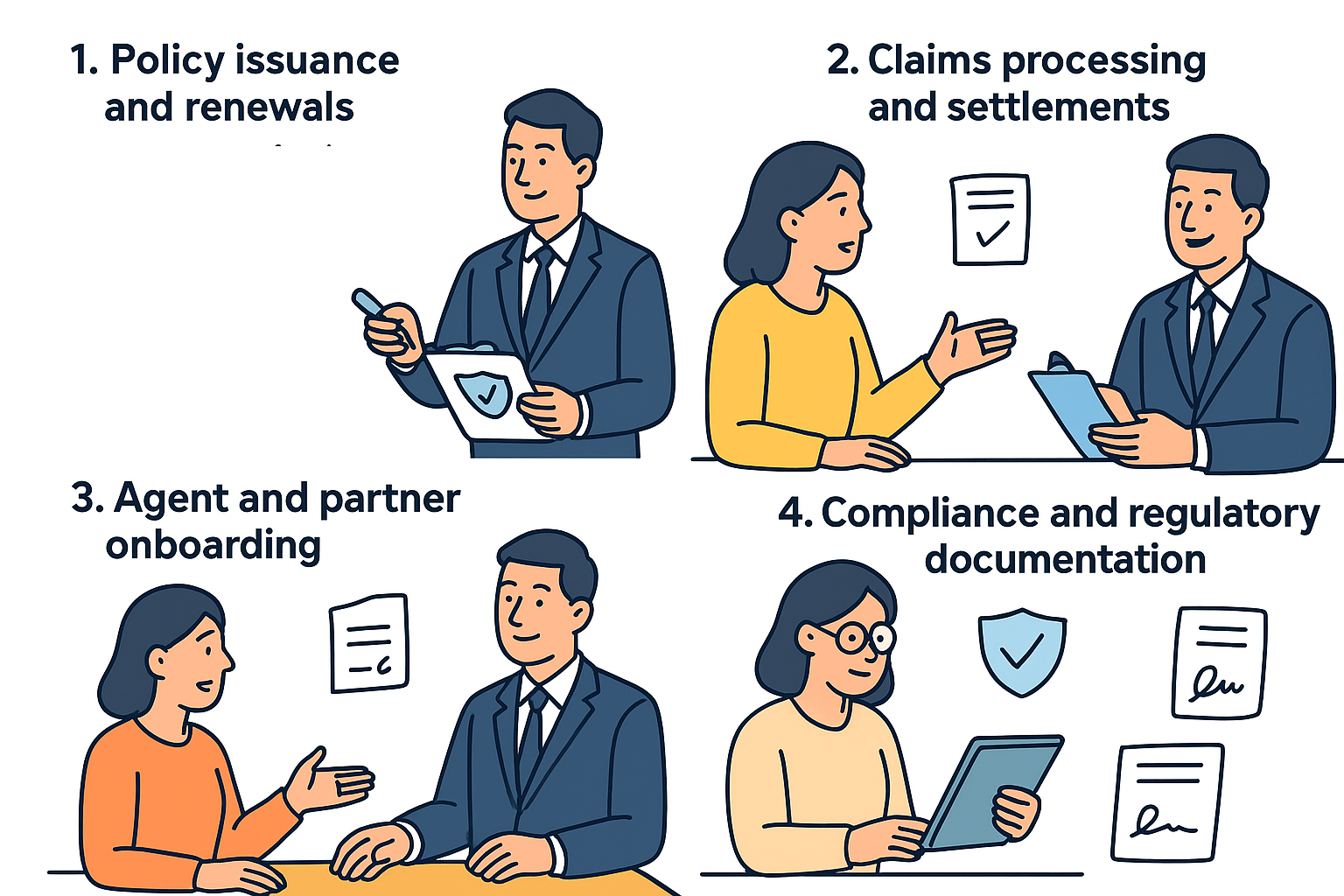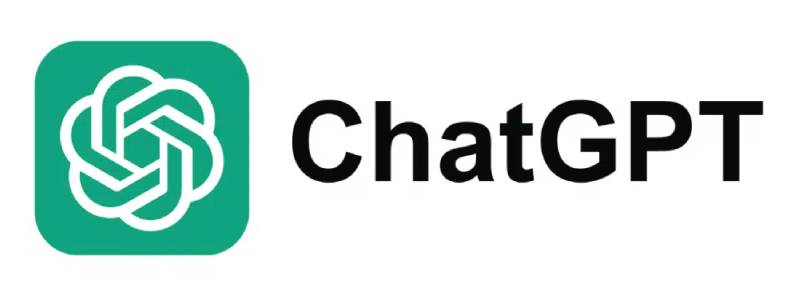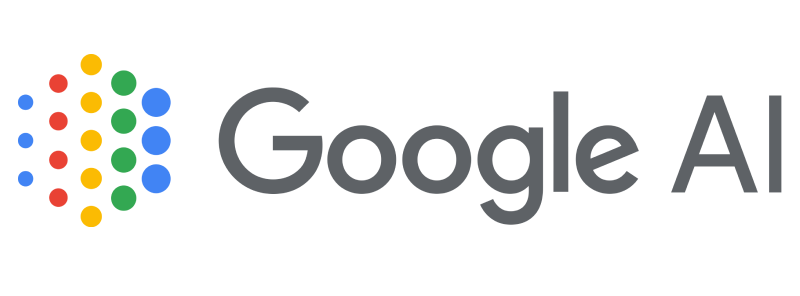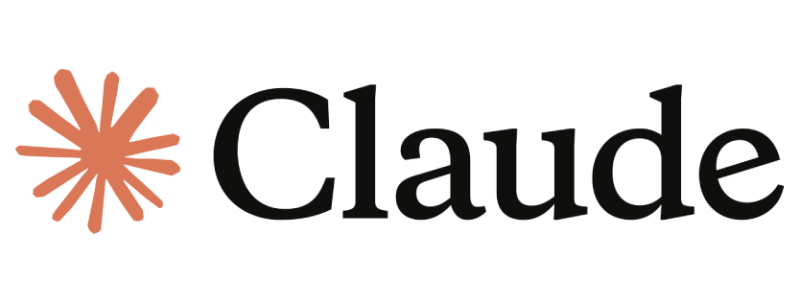Key takeaways
- Replace manual paperwork with fast, secure electronic signatures
- Simplify policy issuance, claims, and compliance documentation
- Automate workflows using Docupilot's smart templates and integrations
Insurance is one of the few industries still drowning in paperwork. Agents print, customers wait, and signatures crawl through inboxes while claims pile up.
Digital transformation is changing that. By replacing wet signatures with secure, electronic ones, insurers can streamline workflows, strengthen compliance, and deliver a superior customer experience. With eSignatures, companies enable instant, legally valid document signing from any device, anywhere.
This post explores how electronic signatures are modernizing insurance operations, from policy issuance to compliance and beyond.
The role of electronic signatures in insurance

Electronic signatures, or eSignatures, allow users to sign documents digitally with full legal validity. In the context of insurance, this technology replaces the need for physical presence, printing, scanning, and mailing.
The primary role of e-signatures is to create a seamless, fully digital agreement process. They ensure that critical insurance agreements, including a new policy, a claims payout, or a compliance document, are executed quickly and securely.
With an electronic signature for insurance workflows, companies can:
- Sign and send policies in minutes
- Keep records secure with regulations like ESIGN, eIDAS, and UETA
- Reduce errors caused by manual data entry or misplaced printed forms
- Offer a smoother, faster experience for policyholders
Market data backs this shift. This push for faster, more transparent processes is more than just a tech trend. It is being driven by customer expectations shaped by companies like Amazon and Uber.
According to Statista, the global digital signature market is set for explosive growth, from USD 9.85 billion in 2025 to USD 104.49 billion by 2032, growing at a CAGR of over 40%. This rapid growth reflects how essential eSignatures have become for insurers seeking speed and compliance.
Before diving into how insurers are using eSignatures, it’s worth clarifying what we actually mean by electronic vs. digital signatures. Two terms that are often mixed up but mean slightly different things.
Electronic signatures vs. digital signatures
While the terms electronic signature and digital signature are often used interchangeably, they are used for different purposes:
- Electronic Signature (eSignature): A broad term for any electronic indication of consent or intent to sign a document. For example, typing your name, drawing a signature, or clicking an “I Agree” button can be considered as eSignatures. It focuses on convenience and smoother workflows.
- Digital Signature: A specialized form of eSignature, it uses cryptographic algorithms and digital certificates to verify the signer’s identity and ensure document integrity. It emphasizes authentication and tamper-proof security.
In short, all digital signatures are electronic, but not all electronic signatures are digital. Docupilot supports both, giving insurers flexibility to choose the right balance of security and convenience.
Key use cases for electronic signatures in insurance

The application of eSignatures spans the entire insurance lifecycle. Below are some of the most impactful use cases:
1. Policy issuance and renewals
From health and life insurance to vehicle and property policies, new applications often require multiple signatures from agents, customers, and approvers. Electronic signatures simplify this multi-step process, ensuring policies are signed and issued faster, within minutes. Clients can sign instantly, even from their phones.
2. Claims processing and settlements
For claim processing, insurers often need to go through multiple layers of documentation and verification. Electronic signatures accelerate approvals, reduce settlement delays, and give customers the clarity they expect.
3. Agent and partner onboarding
Managing contracts and agreements with third-party agents and partners becomes significantly easier with electronic signatures. It also enables remote onboarding and faster execution. Streamlined onboarding and contractual processes mean agents can start selling policies sooner.
4. Compliance and regulatory documentation
Digital signatures help manage the signing of compliance-heavy documents with ease. This includes privacy notices, consent forms, and producer licensing agreements. Every eSignature comes with a verifiable audit trail, date, time, IP address, making legal audits less painful.
5. Policy amendments and endorsements
With the help of electronic signatures, insurance companies can simplify the process of making changes to existing policies. When customers need to acknowledge policy changes, or data consent agreements, eSignatures ensure quick acknowledgment with a clear digital record. They can quickly review and sign endorsement documents without delays.
How Docupilot simplifies these insurance workflows
Each of these use cases can be seamlessly optimized with Docupilot’s electronic signature platform. It automates repetitive document tasks, ensures full compliance, and gives teams real-time visibility into every transaction.
Imagine sending out hundreds of policy renewals that automatically fill in customer data, route to the right agent for review, and return signed copies, and all in under an hour. Docupilot eliminates the paper chase, reduces human error, and keeps insurers audit-ready at every step.
While managing bulk policies, claim approvals, or new-agent onboarding, Docupilot streamlines the process end to end, minimizes manual work and maximizes accuracy.
Advanced features of Docupilot’s electronic signature solution
Docupilot goes beyond basic signing tools. It’s built for modern insurance workflows where legality, scalability, and automation matter most.
Here’s what sets it apart:
1. Smart content blocks: Add or remove policy clauses automatically based on customer data or insurance type
2. Advanced conditions: Use logic-based triggers to show or hide sections depending on predefined rules which is perfect for risk-based documents
3. Dynamic lists: Build itemized lists like claim items or policy add-ons, pulling data directly from customer records
4. Audit trails and encryption: Every interaction is timestamped and encrypted to meet global compliance standards
5. Reusable templates: Turn frequently used documents into templates for consistency and faster turnaround
6. Multi-party signing with reminders: Manage complex signing workflows involving multiple signers, while automated reminders keep everyone on schedule
7. Custom branding: Add logos, branded emails, and signing pages to maintain a professional, cohesive experience
8. Multi-device compatibility: Enable signers to complete documents from any device, including mobile, tablet, or desktop
Competitive advantages of using Docupilot for insurance
When every insurer offers similar products, your process becomes your differentiator. By adopting Docupilot, insurance firms can expect:
- Rapid deployment and ease of use: Docupilot is designed with usability in mind. Teams can start using templates and setting conditions without extensive training, speeding up implementation
- Comprehensive compliance report: Docupilot complies with global e-signature laws, including ESIGN (U.S.), UETA, and eIDAS (EU). This ensures that insurance companies can operate across jurisdictions without legal ambiguity
- Integration with 1,000+apps via Zapier and Make: Docupilot connects seamlessly with popular CRMs, email services, and policy management tools. Whether it's Salesforce, HubSpot, or proprietary systems, you can integrate document workflows without manual intervention
- User privileges and control: Assign different roles and access rights to underwriters, agents, legal teams, and more. This allows granular control over who can view, edit, or approve documents, ensuring data integrity
- Enhanced customer satisfaction: By enabling faster, error-free signing, Docupilot improves the overall experience for policyholders. Customers can sign anywhere, anytime, without printing or scanning
- Brand modernization: Position your company as a tech-forward insurer that values innovation and customer ease
eSignature workflow (using Docupilot)
The difference between traditional and Docupilot-enabled processes is clear:
How to get started with Docupilot

Getting started with Docupilot is simple. No technical setup required.
- Create an account: Sign up for a free trial
- Upload templates: Add policy, claim, or agreement templates to your account
- Set signer roles: Define who needs to sign and in what order
- Send for signature: Share the document securely via email or a unique signing link
- Track and archive: Monitor signing status in real time and store signed documents automatically
Paper is slowing your business and your customers’ patience is wearing thin. It’s time to cut the clutter, stay compliant, and deliver insurance experiences that actually feel modern.
Go digital, and do it right with Docupilot. Book your demo today, and turn your document chaos into a streamlined, automated workflow that works as fast as your customers expect.
FAQs
How secure are electronic signatures in the insurance industry?
Docupilot uses encryption, access controls, and audit trails to ensure that every signature is secure and traceable, providing strong protection against tampering.
What are the compliance requirements for using electronic signatures in insurance?
Insurance providers must comply with regulations such as ESIGN, UETA, and eIDAS. Docupilot ensures that all electronic signatures meet these standards, making them legally valid and enforceable.
How do electronic signatures improve customer experience in insurance?
They eliminate the need for printing, scanning, or mailing documents, allowing customers to sign quickly from their devices. This reduces friction and accelerates processes like policy issuance and claims handling.
What is the process of integrating electronic signatures with existing insurance systems?
Docupilot integrates with 1000+ platforms via Zapier and Make. You can connect it to your CRM, document management systems, and email platforms to enable automatic data flow and reduce manual entry.
Are electronic signatures legally binding for insurance documents?
Yes, when implemented correctly, electronic signatures are legally recognized in most countries. Docupilot ensures that every step of the signature process is documented and compliant with relevant laws.

















